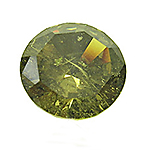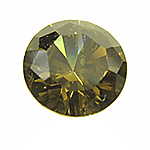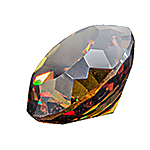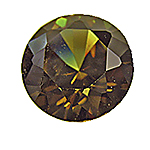Andradite Garnet
Common mineral of the garnet group. Forms the so-called Ugrandite Series with uwarowite and grossular (see "garnet")


Two round andradites from the Green Dragon Mine, Erongo, Namibia
Origin of name: named in 1868 by American mineralogist James Dwight Dana 1868 in honour of José Bonifácio de Andrada e Silva, a Brazilian mineralogist (and later politician) who discovered and described the mineral when travelling in Scandinavia. De Andrada called it "allochroite" from Greek αλλος (allos) for other, different and χροια (chroia), for tint, because of the colour change it displays during cooling after being heated with a blowpipe.
De Andrada discovered some more minerals in Scandinavia, amongst them petalite (in which the element lithium was later discovered), scapolith (called wernerite by him) and diopside, which he called coccolite.
Synonyms and trade names: demantoid for green, topazolite for yellow and melanite for black andradite.
Can be confused with: a lot of other green to brown gem stones like tourmaline, zircon, sphene and many more
Localities: very common, more than 1400 known localities. Type locality is Drammen in Norway. Other important sources are Japan, Mexico, Madagaskar and Namibia. In Austria more than two dozen localities are known.
Handling: andradite is relatively soft and rather brittle. Set with care!
Worth knowing: many andradites, in particular green demantoid, owe their diamond-like appearance to the high refractive index and dispersion ("fire"). In fact the dispersion of demantoid is substantially higher than that of diamond. However, the "fire", i.e. the play of colour seen when moving the stone, is partly masked by the demantoid´s body color.


Two andradites with very pronounced "fire"
 Deutsch
Deutsch